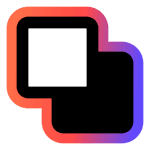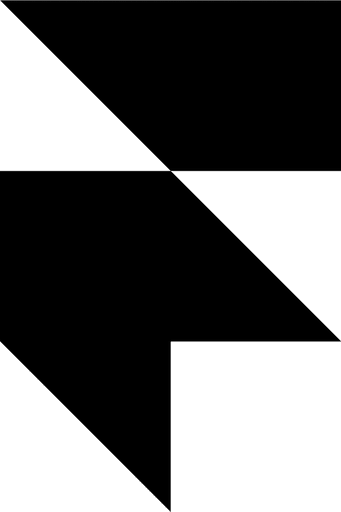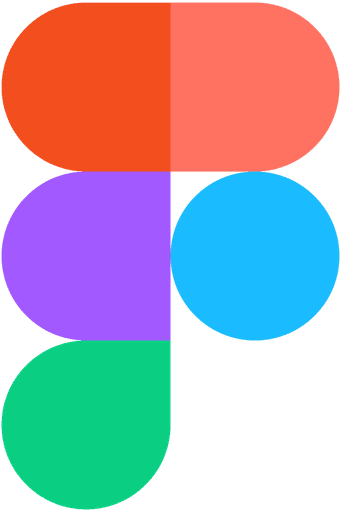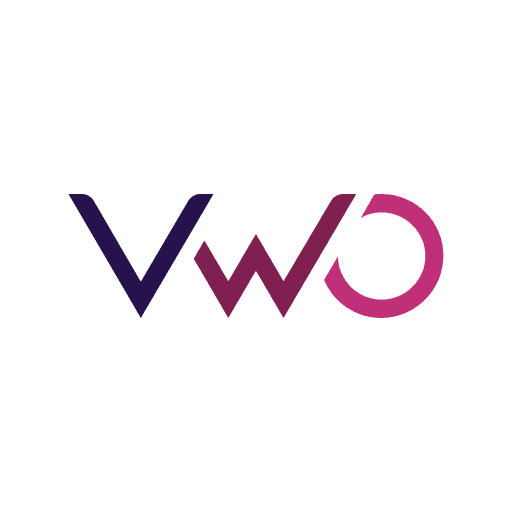
Selina Yang
Selina Yang
Hi, I'm a UX/UI Designer blending emotion with interaction.
Based in Vancouver
Contact Me
Personal Items Management App
Roomify is a mobile application that helps users organize, manage, and retrieve household and personal items. It bridges the gap between static storage systems and the flexible, real-time needs of modern living.

Project Name
Roomify
Duration
Feb - May 2025
Personal Items Management App
Roomify is a mobile application that helps users organize, manage, and retrieve household and personal items. It bridges the gap between static storage systems and the flexible, real-time needs of modern living.
Project Name
Roomify
Duration
Feb - May 2025
Personal Items Management App
Roomify is a mobile application that helps users organize, manage, and retrieve household and personal items. It bridges the gap between static storage systems and the flexible, real-time needs of modern living.

Project Name
Roomify
Duration
Feb - May 2025
Wearable Design
This project introduces a wearable wristband inspired by the traditional folding fan, designed to support real-time emotional expression and social personality display. Users can control how much of their personality is shared in different environments — helping them find balance between authenticity and social comfort. Paired with an app, the wristband provides insights, personalization, and AI-assisted interactions for meaningful connections.
Folding Fan-Inspired Wearable for Social Expression

Duration
Sep - Nov 2024
Wearable Design
This project introduces a wearable wristband inspired by the traditional folding fan, designed to support real-time emotional expression and social personality display. Users can control how much of their personality is shared in different environments — helping them find balance between authenticity and social comfort. Paired with an app, the wristband provides insights, personalization, and AI-assisted interactions for meaningful connections.
Project Name
Duration
Sep– Nov 2024
Wearable Design
This project introduces a wearable wristband inspired by the traditional folding fan, designed to support real-time emotional expression and social personality display. Users can control how much of their personality is shared in different environments — helping them find balance between authenticity and social comfort. Paired with an app, the wristband provides insights, personalization, and AI-assisted interactions for meaningful connections.
Folding Fan-Inspired Wearable for Social Expression

Duration
Sep - Nov 2024
Process
My design process blends creativity with structure, helping me turn abstract ideas into intuitive, human-centered experiences.
01
Empathize
Before jumping into any solutions, I always take a moment to truly understand the people I'm designing for. I conduct interviews, observe behaviors, and try to capture the subtle emotions behind each user’s actions. It's not just about gathering data — it's about feeling their frustration, noticing what excites them, and understanding the “why” beneath the surface.
Define
Once I’ve collected enough insight, I start organizing the chaos. I identify patterns, highlight core needs, and reframe the problem in a way that’s grounded but open-ended. This phase is about clarity — shaping a strong foundation that guides the rest of the design, without jumping to conclusions too early.
02
Ideate
This is where creativity takes the lead. I allow myself to explore freely — no idea is too wild in the beginning. I sketch, write, map out user flows, or even test quick interactions. I often revisit user needs to make sure my ideas are aligned. Sometimes, the best solutions come from the most unexpected directions.
03
Prototype
Ideas become tangible here. I translate concepts into visual wireframes or interactive mockups, testing how things feel, not just how they look. This part helps me explore structure, flow, and emotional response — whether through low-fidelity sketches or more refined hi-fi prototypes.
04
Test
Design is never finished without real-world feedback. I invite users (and sometimes even friends or classmates) to test the prototypes, observing how they interact and listening to their reactions. It's always eye-opening. I then refine, adjust, and sometimes go back a few steps — because good design is about listening, adapting, and improving.
05
Process
My design process blends creativity with structure, helping me turn abstract ideas into intuitive, human-centered experiences.
01
Empathize
Before jumping into any solutions, I always take a moment to truly understand the people I'm designing for. I conduct interviews, observe behaviors, and try to capture the subtle emotions behind each user’s actions. It's not just about gathering data — it's about feeling their frustration, noticing what excites them, and understanding the “why” beneath the surface.
Ideate
This is where creativity takes the lead. I allow myself to explore freely — no idea is too wild in the beginning. I sketch, write, map out user flows, or even test quick interactions. I often revisit user needs to make sure my ideas are aligned. Sometimes, the best solutions come from the most unexpected directions.
03
Define
Once I’ve collected enough insight, I start organizing the chaos. I identify patterns, highlight core needs, and reframe the problem in a way that’s grounded but open-ended. This phase is about clarity — shaping a strong foundation that guides the rest of the design, without jumping to conclusions too early.
02
Protptype
Ideas become tangible here. I translate concepts into visual wireframes or interactive mockups, testing how things feel, not just how they look. This part helps me explore structure, flow, and emotional response — whether through low-fidelity sketches or more refined hi-fi prototypes.
04
Test
Design is never finished without real-world feedback. I invite users (and sometimes even friends or classmates) to test the prototypes, observing how they interact and listening to their reactions. It's always eye-opening. I then refine, adjust, and sometimes go back a few steps — because good design is about listening, adapting, and improving.
05
Process
My design process blends creativity with structure, helping me turn abstract ideas into intuitive, human-centered experiences.
01
Empathize
Before jumping into any solutions, I always take a moment to truly understand the people I'm designing for. I conduct interviews, observe behaviors, and try to capture the subtle emotions behind each user’s actions. It's not just about gathering data — it's about feeling their frustration, noticing what excites them, and understanding the “why” beneath the surface.
Define
Once I’ve collected enough insight, I start organizing the chaos. I identify patterns, highlight core needs, and reframe the problem in a way that’s grounded but open-ended. This phase is about clarity — shaping a strong foundation that guides the rest of the design, without jumping to conclusions too early.
02
Ideate
This is where creativity takes the lead. I allow myself to explore freely — no idea is too wild in the beginning. I sketch, write, map out user flows, or even test quick interactions. I often revisit user needs to make sure my ideas are aligned. Sometimes, the best solutions come from the most unexpected directions.
03
Prototype
Ideas become tangible here. I translate concepts into visual wireframes or interactive mockups, testing how things feel, not just how they look. This part helps me explore structure, flow, and emotional response — whether through low-fidelity sketches or more refined hi-fi prototypes.
04
Test
Design is never finished without real-world feedback. I invite users (and sometimes even friends or classmates) to test the prototypes, observing how they interact and listening to their reactions. It's always eye-opening. I then refine, adjust, and sometimes go back a few steps — because good design is about listening, adapting, and improving.
05
Skills
Skills
UX Design
UX Design
UX Design
UI Design
UI Design
UI Design
Product Design
Product Design
Product Design
Design Systems
Design Systems
Design Systems
Workshops
Workshops
Workshops
Design Sprint
Design Sprint
Design Sprint
Interaction Design
Interaction Design
Interaction Design
User Testing
User Testing
User Testing
Usability Testing
Usability Testing
Usability Testing
UX Research
UX Research
UX Research
HTML & CSS
HTML & CSS
HTML & CSS
+ More
+ More
+ More
3 Free Months on Pro Annual Plan
Get 3 free months of Framer Pro Yearly Subscription when upgrading your plan with the code partner25proyearly
Sign Up Now
Get Athos Plus







